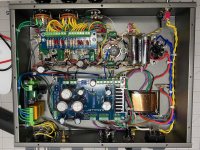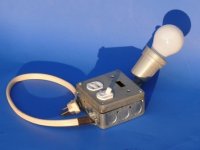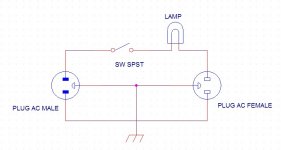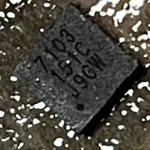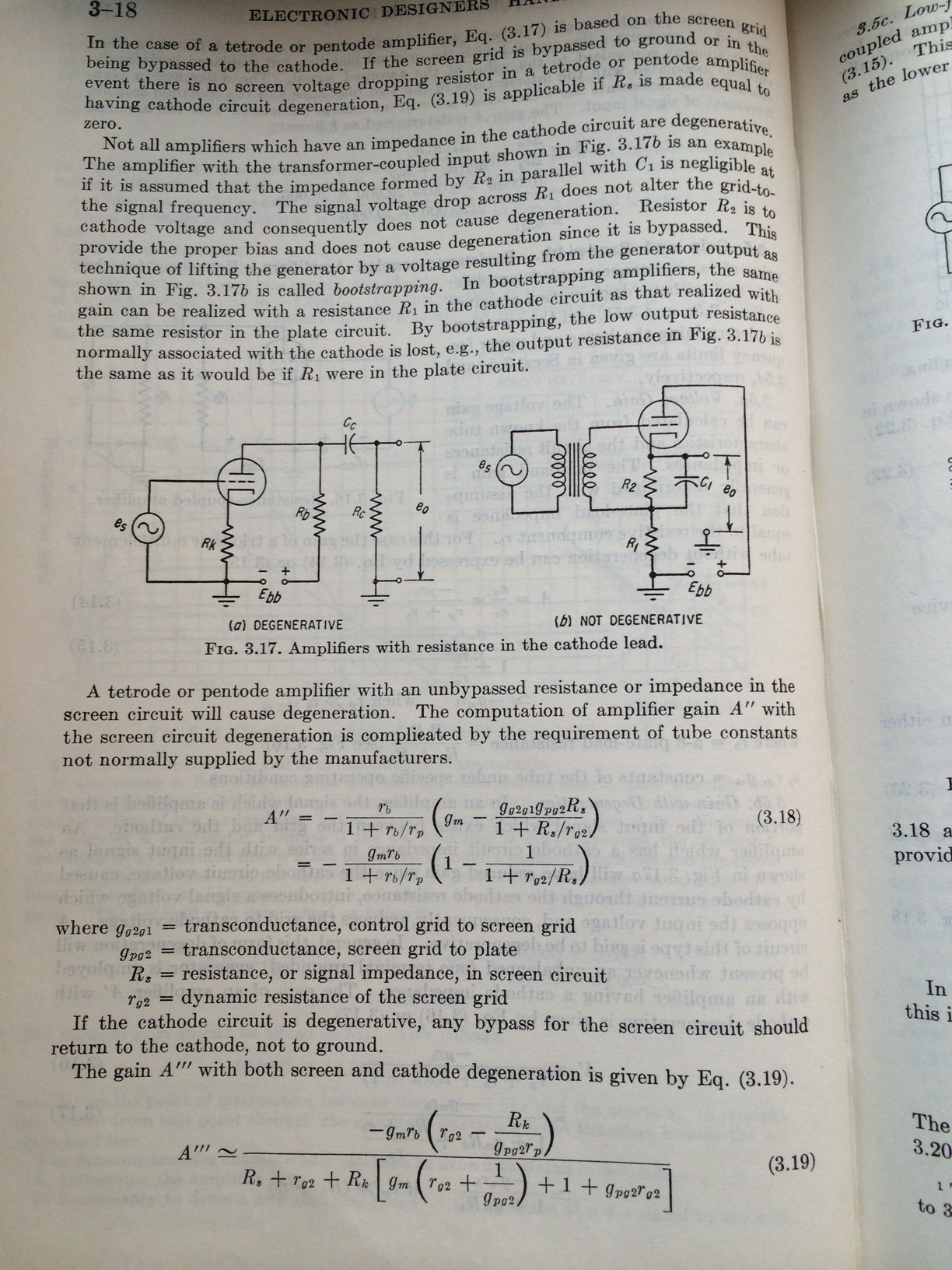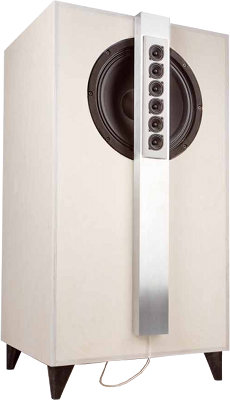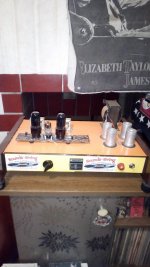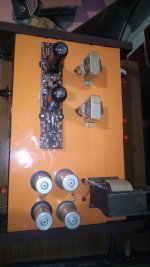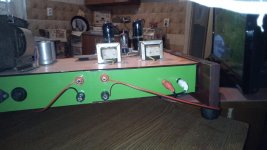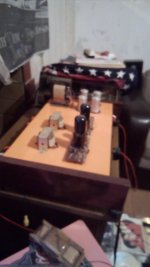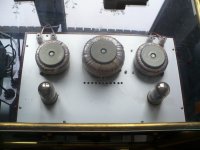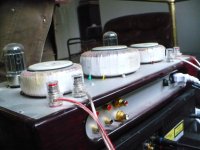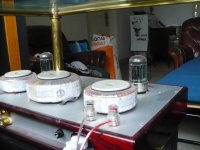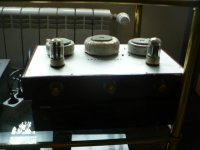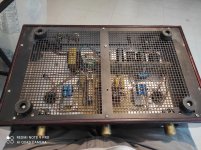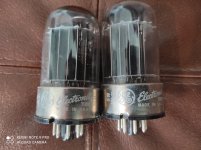I have been a DIY enthusiast for some years now, in the past I have experience building the Elekit TU-8600, a Couple of Audio Note Kits, and refurbished the Lenco L75 Turntable based on PTP6. The article below is my experience in building the Sunvalley SV-EQ1616D phono equalizer. It’s been one of the hardest kits I have built as it is not just point-to-point but also because it has lots of electronics components crammed up within a small footprint.
I ordered the kit from VKmusic, Victor as always has always been the most helpful guy I know with Customer service and response par excellence. The Kit arrived from Canada to Dubai within 3 days. I was super excited to start building the kit, however, I knew I had to read the build guide carefully, study the sequence of the build and have lots of patience.
I started by taking stock of all the components, measured every resistor and capacitors to make sure the values were within range. Once this activity was completed, I knew I was ready to start the build. I followed the same sequence of assembly defined in the build guide. First, the power supply board received the resistors, the diodes, the capacitors, and the terminal blocks, followed by the input selector and the turnover select board.
In my next step, I fixed the transformer, the fuse casing, the switches, the pilot lamp, and the potentiometer. The kit came with a 2 prong IEC male and I replaced it with a 3 prong Furutech IEC Male Inlet which I soldered the ground pin of the IEC to the ground point of the chassis. As I had with me an extra grounding post I replaced the one from the stock. Next, I fixed the lug plates, the tube sockets, and the power supply board and started with the point-to-point wiring, carefully cutting the lengths and making sure it's nicely organized. The stock RCA female jacks were somewhat fragile, so I decide to replace them with KLEI Perfect Harmony RCA Female Jacks. The input selector board followed next.
Soldering of the wires and resistors was a very delicate activity keeping in mind the color legend (blue for firm and orange for partial soldering). I remeasured the resistors, capacitors cut them to proper lengths before attaching them to the lug plates. Believe me, this is a patience job, take your time, check and double-check to assure that you are fixing at the right position. Make sure the legs of the capacitors, resistors are not shorted with other components. A simple mistake would be a real pain to troubleshoot and refix. The final piece was to fix the turnover select board. I was excited that at last after 5 days the kit was complete.
Testing: I popped in the solid-state rectifier (V4) with some old Shuguang 12AX7 tubes (V1, V2) and Mullard 12AU7 (V3) and started measuring the voltage. I was thrilled that my voltage measurement was within range for the V1, V2, however, my joy was short-lived when I tested the V3 cathode terminal I was getting an abnormal voltage measure in the 256V range when the baseline is about 135V. All other voltages (Heater, MC) were within range. I knew at this stage that something was wrong, so I immediately send Victor my readings and within minutes I get a response to check the wiring in the area. As I was already tired and it was a late evening I wrapped up and retired for the night. The next day I started troubleshooting by checking each and every component and solder points meticulously and within hours I was able to pinpoint the issue. Surprisingly the issue was with a black cable that did not show continuity, desoldering the cable and installing another one solved the issue. All measurements were within ranges.
Now the fun part: I replaced the test tubes with Telefunken NOS 12AX7 (V1, V2) and Telefunken NOS 12AT7 (V3) along with the rectifier tube PSVANE WE 274B. Connected the power, put on an LP, set the switches on the phono stage, and pumped up the volume. Immediately I could feel the day and night difference compared to my existing phono stage (ANK L3 phono stage). The soundstage got bigger with tighter bass, amazing 3D imaging, the instrument separation and the details in the music was something I had never felt or heard before. I listened continuously for over 4 hours I was completely immersed in the music giving me goosebumps as I played LP’s after LP’s.
I can never thank Victor enough for the joy this kit has given me. My Precious Jazz collection has come to life. Thank you Victor once again.
Pictures of my build attached






























